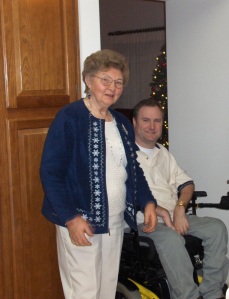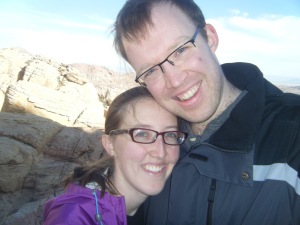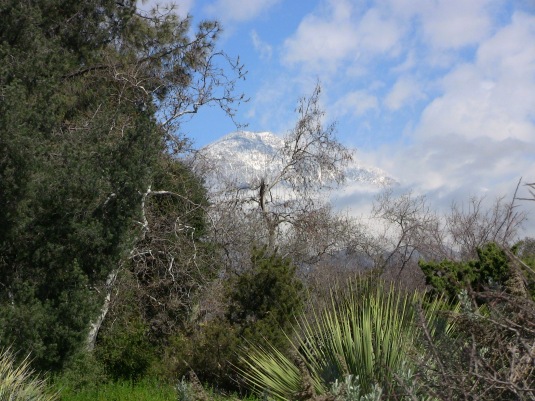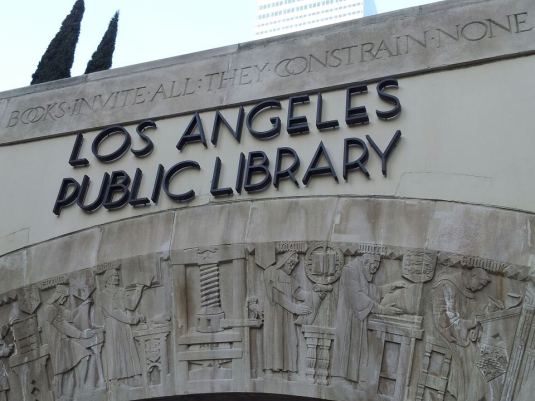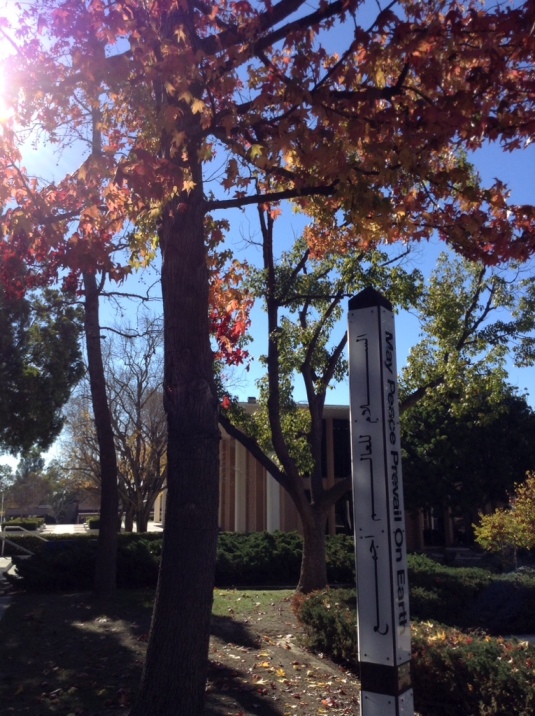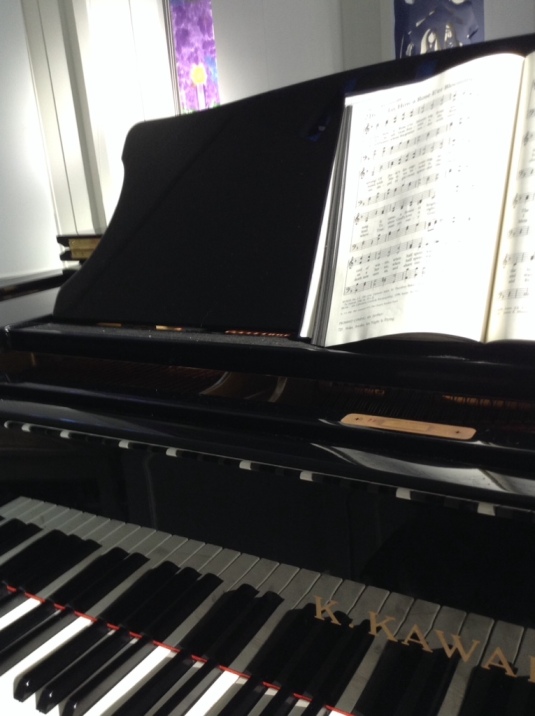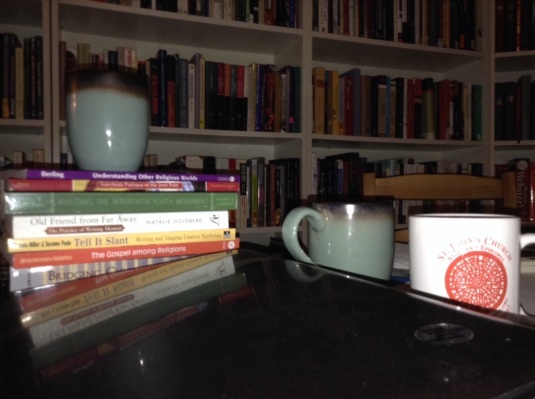Holy Week again. Good Friday again. I don’t envy those who have to preach tonight. How do you hit all the right notes in such a complicated story? How do you take everything you’ve learned about atonement and theodicy – who Christ is and how Christ saves, and what Christ’s suffering means to a God of love and a broken world – and make sense of it tonight? How do you stay in the sadness – in one of the only opportunities in our liturgical year to really reckon with suffering – without ignoring the hope that is on its way?
Every year there’s a different line of the scriptures or the hymns that sticks out to me. Sometimes it’s “I it was denied thee – I crucified thee.” Sometimes “Were you there when they crucified my Lord?” This year I’m stuck at Calvary hill, with Jesus’ cry “My God, my God, why have you forsaken me?”
Working on my lament research, I kept running across the notion that Jesus’ cry was meant to evoke the whole of Psalm 22 – a lament psalm that starts in grief and ends in hope. “Why have you forsaken me?” asks the first line of the psalm, but the last line celebrates “the saving deeds that God has done.” Jesus knows his scriptures, these scholars say, so he must have meant his words to encompass hope as well as despair.
To which I say: If Jesus knew his scriptures that well, he knows that this psalm spends verse after verse describing the rock-bottom situation of the singer:
I am poured out like water;
all my bones are out of joint;
my heart within my breast is melting wax.
They don’t mince words, these lament psalms. There’s another one that has been stuck in my head this Lent:
I have come into deep waters,
and the torrent washes over me….
I have grown weary with my crying,
my throat is inflamed;
my eyes have failed from looking for my God.
Between last Easter and this one I figured out what those lines mean. This year I’ve wept harder than ever in my life.
And what I’ve got, here on this particular Good Friday, is that God knows what that feels like too.
If you, like me, are coming into Good Friday from an awfully shadowed place, maybe stay here with me for a minute. Forget the formulas that attempt to make salvation into some sort of cosmic chemical reaction, where a drop of Jesus’ blood is enough to purify the world from sin. Forget the problem of evil and the puzzle of suffering and all those rocks that God might or might not be able to lift.
Here’s where I am this year, here’s what I’ve got:
We have a God who knows what it is to weep.
At the very least we have a Savior, crying out from the cross; at the very most we have a God who was willing to become vulnerable and to suffer heartbreak alongside us.
For the moment, I think that will have to be enough.
The wheel of the year turns round, and there will be Easter tomorrow night and Good Friday again next spring. Maybe next Good Friday I will see something completely new in the midst of this multi-layered story. Maybe on Sunday I will see the cross in a new and joyful light (and if not on Sunday, maybe next Easter).
For now, though, I’m standing with the women at the foot of the cross, looking at a God who knows what it is to weep. And tonight that’s as much theology as I’ve got.
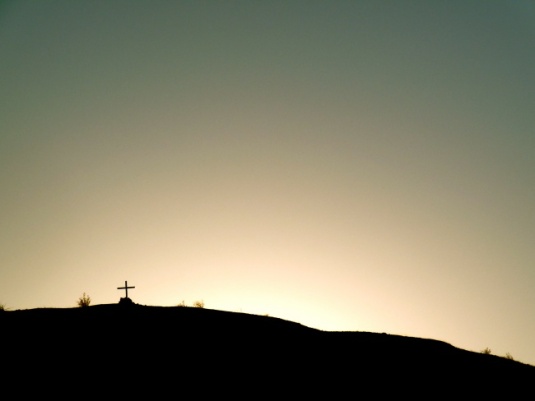
Photo by Tierra Valentine.
